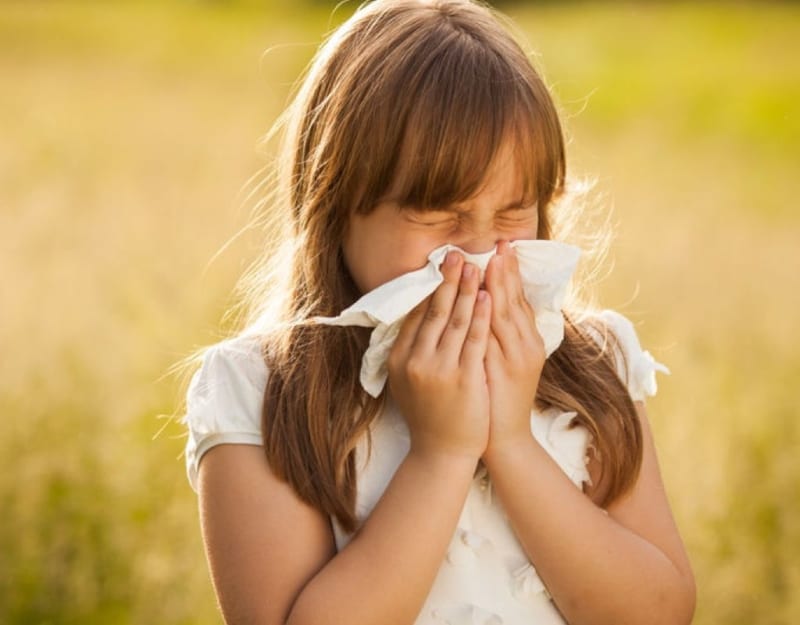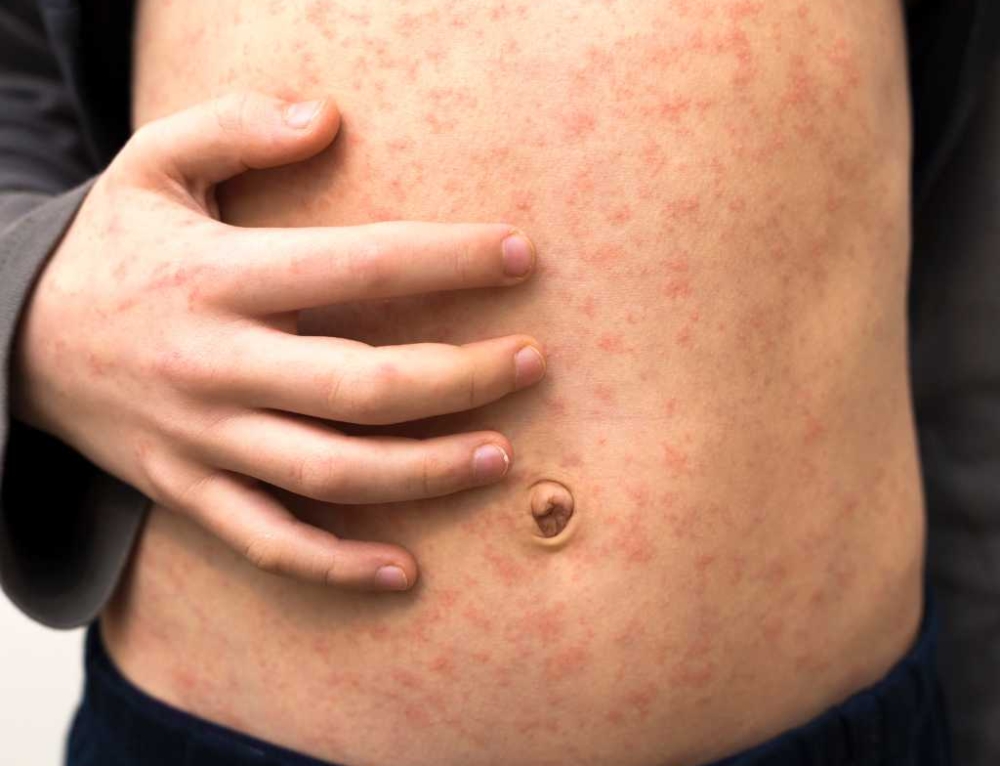When your child is sneezing, sniffing and spluttering, do you automatically think it’s another cold, or could it be hayfever?
The symptoms can be very similar in young children so it’s understandable why they are often confused. And with children seeming to have one long constant cold, often the signs of hayfever are missed.
But one is an allergic reaction (hayfever) and the other is a contagious viral infection.
The symptoms
Hayfever, officially called “allergic rhinitis”, is characterised by a sudden onset of sneezing, a watery nasal discharge and itchy, watering eyes. Other symptoms can include headache, impaired smell and fatigue.
With a cold, the symptoms vary depending on which infecting virus is responsible; however, a sore throat and a runny nose are the common indicators. Other symptoms can include headache, cough, muscular aches and a low-grade temperature.
Differences between hayfever and a cold
Duration
A cold virus typically doesn’t last beyond a week to 10 days, starting severe in the first few days but quickly easing off. Hayfever will usually continue to occur, and possibly get worse, particularly if it’s seasonal or the sufferer remains exposed to allergens.
Itching
The uncomfortable itching that hayfever sufferers can experience around their nose, throat and general facial area does not occur with a cold virus. Itching is a reaction that is common to many allergies.
Nasal discharge
While both hayfever and colds can create a stuffy and/or runny nose, with hayfever the mucus tends to be watery and clear while in the case of a viral infection it can be cloudy or yellow to green in colour.
Fever
While the term “fever” may be included in the common name for allergic rhinitis, no fever is suffered. However, a viral infection will often cause a fever.
Sneezing
Colds might start with a few sneezes but hayfever is characterised by frequent bouts of sneezing.
Does it matter?
Allergy experts say it’s important to differentiate between the two conditions because the treatment paths are very different. There is also a link between hayfever and asthma, so a proper diagnosis should be made.
Profile of a hayfever sufferer
ASCIA has a handy list of characteristics that someone with hayfever may display including:
- constant sniffling, twitching and rubbing the nose, often in an upwards direction – rubbing the nose constantly, sometimes called the “allergic salute”, can have the result of leaving a permanent mark on the nose known as the “allergic crease”.
- dark circles and bags under the eyes (often known as “allergic shiners”) – sometimes children may develop small lines under the eyes known as Denny’s lines.
- breathing through the mouth – this leads to sore throat, snoring, disturbed sleep and fatigue.







Leave A Comment
You must be logged in to post a comment.